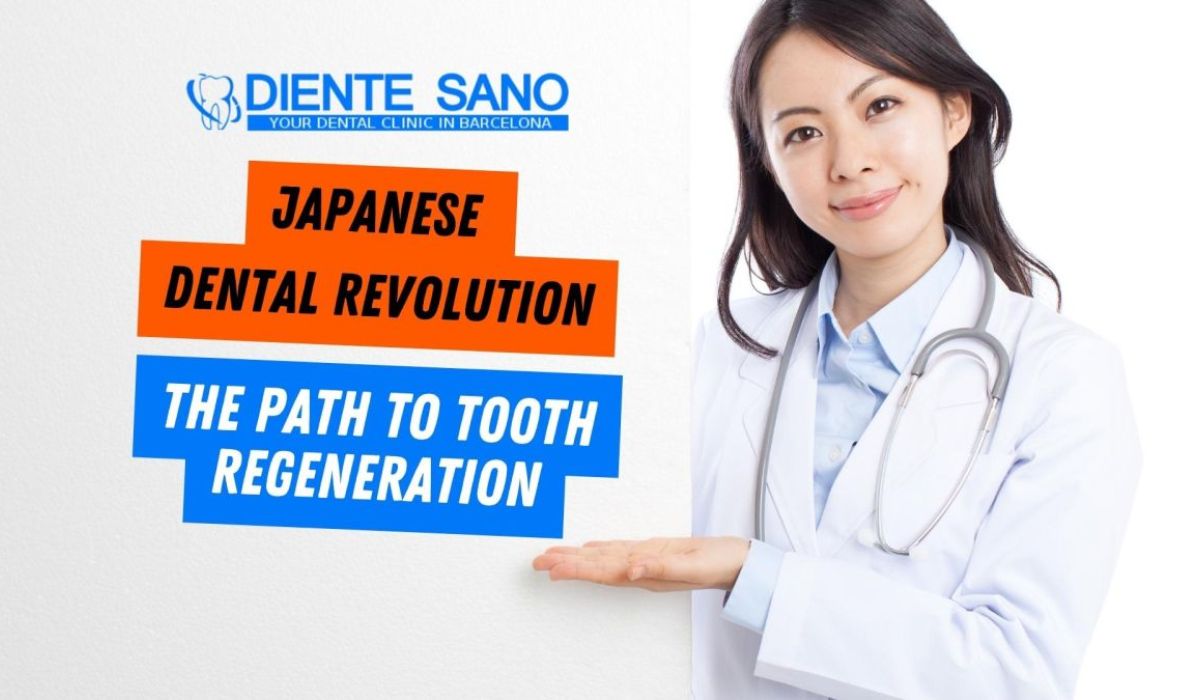Researchers from the Kitanos Medical Research Institute in Osaka, led by Katsu Takahashi, have made a breakthrough that could radically change the approach to tooth restoration. By identifying the USAG-1 protein, which limits tooth growth, scientists have developed a drug that blocks its action.
This medication could be a real salvation for those suffering from anodontia, a genetic condition that prevents the growth of one or more teeth. Experiments already conducted on mice have shown impressive results, including the growth of both deciduous and permanent teeth.
Clinical trials on humans are expected to begin in 2024, with the drug becoming available to the general public by 2030.
Katsu Takahashi, who also heads the Department of Dentistry and Maxillofacial Surgery at the Institute's hospital, expressed his enthusiasm for the discovery: "The idea of growing new teeth is every dentist's dream. I was confident in its feasibility since I was a postgraduate."
Based on an antibody, the drug is aimed at blocking the action of USAG-1, which, as researchers found, plays a key role in the absence of teeth in people with anodontia.
Experts believe that if the drug proves its effectiveness, it could significantly change the world of dentistry. In the future, patients may not face the need for prosthetics or implants but instead have the opportunity to grow their own teeth.

